In the complex world of reptilian behavior, few phenomena are as intriguing as ophidiophobia—not fear of snakes, but rather snakes’ own aversions. Among these curious behaviors, the tendency of certain snake species to avoid crossing shadows stands out as particularly fascinating. This behavior, observed in various snake species across different habitats, represents a sophisticated evolutionary adaptation that helps these reptiles navigate their environments and avoid potential threats. By understanding why snakes exhibit this shadow-avoidance behavior, we gain valuable insights into reptilian sensory systems, predator-prey dynamics, and the remarkable adaptations that have allowed these limbless reptiles to thrive for millions of years.
The Evolutionary Basis of Shadow Avoidance

Shadow avoidance in snakes has deep evolutionary roots tied directly to survival. For many snake species, shadows often indicate the presence of aerial predators such as hawks, eagles, and other raptors that pose significant threats. Through natural selection, snakes that instinctively avoided shadows gained a survival advantage, as they were less likely to be spotted and captured by birds hunting from above. This behavior developed over millions of years as part of a complex suite of anti-predator adaptations. The snakes that hesitated before crossing open, shadow-cast areas were more likely to survive and reproduce, gradually cementing this behavior in their genetic makeup. Today, we observe this ancestral wariness manifested as a measurable reluctance to cross shadows in many snake species, particularly those that evolved in environments with significant predation pressure from above.
The Role of Thermal Perception

Snakes possess remarkable thermal sensitivity, which plays a crucial role in their shadow avoidance behavior. Shadows create cooler areas compared to sun-exposed surfaces, and snakes can detect these temperature differences with extraordinary precision using their specialized heat-sensing organs. For ectothermic (cold-blooded) reptiles like snakes, maintaining optimal body temperature is essential for proper physiological functioning, including digestion, movement speed, and overall metabolism. Shadows represent potential thermal “danger zones” where body temperature might drop rapidly, potentially compromising a snake’s ability to escape predators or pursue prey. This thermal avoidance is particularly pronounced in desert-dwelling species where the temperature differential between sun and shade can be dramatic. Research has demonstrated that some snake species can detect temperature differences as small as 0.003°C, making them extraordinarily sensitive to the thermal footprint of shadows.
Visual Processing in Snake Brains
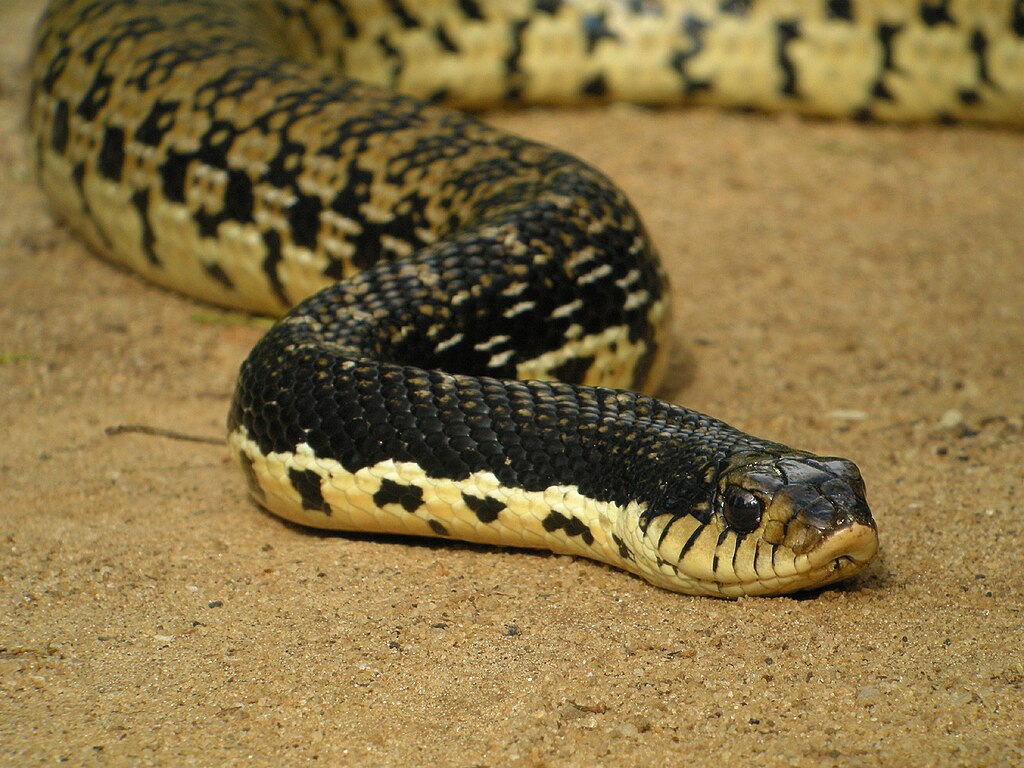
The snake brain possesses specialized neural circuits dedicated to processing visual information, including the detection of sudden changes in light intensity that shadows represent. When a shadow falls across a snake’s visual field, these dedicated neural pathways trigger rapid threat assessment mechanisms. Unlike mammals, snakes lack a fully developed cerebral cortex, but they compensate with highly specialized midbrain structures that excel at detecting movement and changes in light patterns. These structures, including the optic tectum, process visual information with remarkable efficiency despite the snake’s relatively simple brain. Research using advanced imaging techniques has revealed that certain neurons in snake visual processing centers fire strongly in response to overhead shadows, particularly those that move or appear suddenly. This specialized visual processing system allows snakes to respond to potential aerial threats even before they can consciously process what they’re seeing.
Species-Specific Variations in Shadow Response

Not all snake species exhibit the same level of shadow avoidance, with responses varying dramatically based on evolutionary history and ecological niche. Arboreal (tree-dwelling) snakes typically show less concern about overhead shadows since they evolved in environments where shadows are constantly present due to the canopy. Conversely, ground-dwelling species from open habitats, such as many vipers and rattlesnakes, often display pronounced shadow avoidance behaviors. Aquatic species demonstrate yet another variation—they may respond strongly to shadows on the water’s surface, as these often indicate birds like herons that prey on swimming snakes. Nocturnal snake species generally show reduced shadow sensitivity compared to their diurnal counterparts, having evolved in conditions where shadows are less distinct and aerial predation pressure is typically lower. These variations highlight how shadow avoidance has been fine-tuned through natural selection to match each species’ specific ecological challenges.
The Connection to Predator Recognition
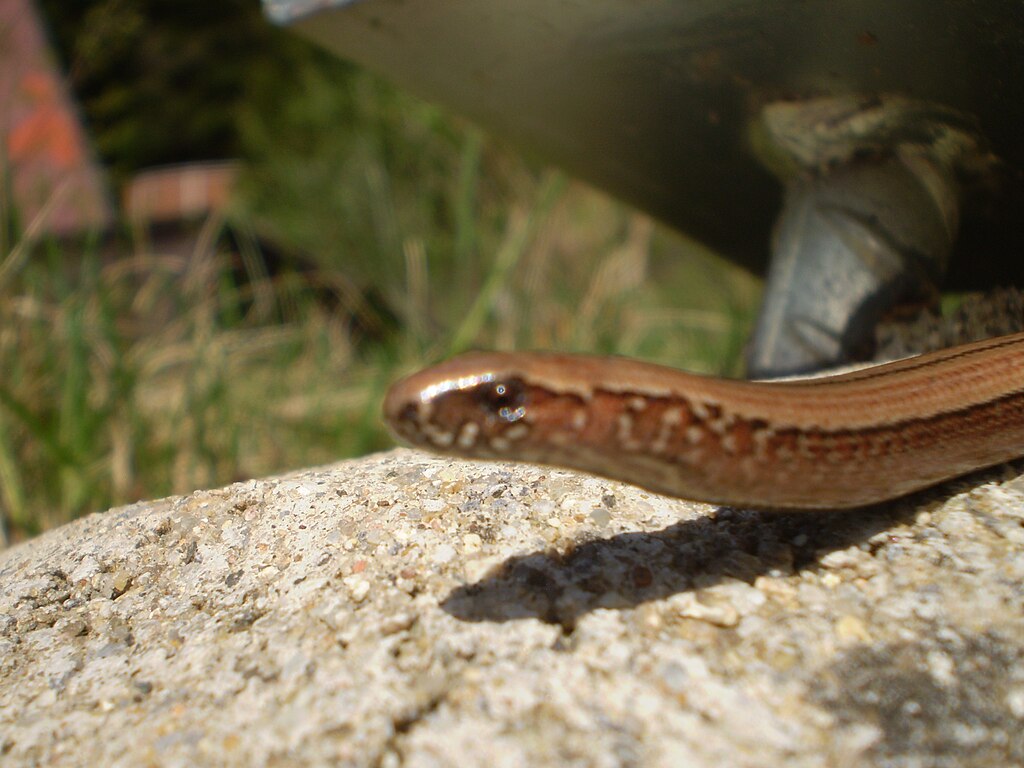
Shadow avoidance in snakes is intimately connected to innate predator recognition systems that have evolved over millions of years. Experiments have revealed that naive snakes—even those bred in captivity with no previous exposure to predators—still exhibit strong aversive responses to certain shadow patterns, particularly those resembling birds of prey. This suggests that shadow avoidance is hardwired into snake neurology rather than learned through experience. The snake brain appears to contain template-matching mechanisms that automatically classify certain shadow shapes and movements as dangerous. When researchers present artificial shadows of different shapes to snakes in controlled settings, bird-shaped shadows consistently elicit stronger avoidance responses than geometrically similar but non-predator-like shadows. This remarkable ability to distinguish between threatening and non-threatening shadows demonstrates sophisticated pattern recognition capabilities that help snakes survive in environments filled with diverse predators.
The Influence of Environmental Context
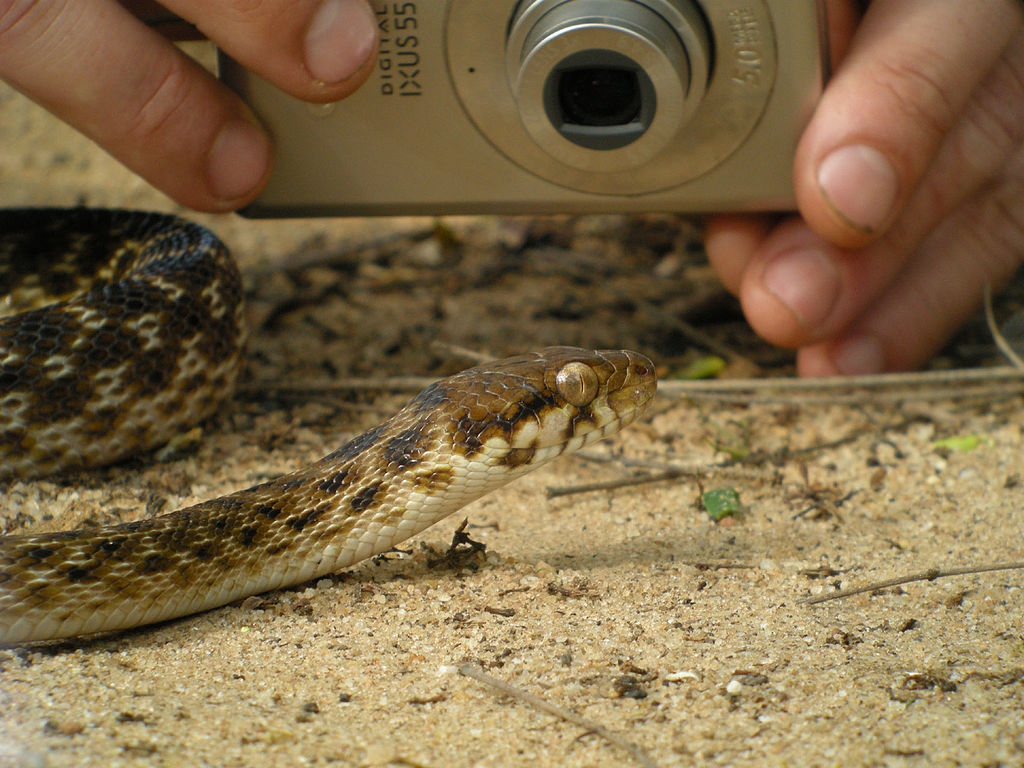
The environmental context significantly modifies how strongly snakes avoid shadows, with behavior changing based on surroundings and conditions. In habitat edges where forest meets clearing, snakes often become hypervigilant about shadows, as these transition zones are favored hunting grounds for many predatory birds. During different seasons, shadow avoidance behaviors may intensify or diminish—many snake species show heightened sensitivity during molting periods when their vision is compromised and vulnerability increases. Weather conditions also play a role, with shadow avoidance behaviors typically less pronounced on cloudy days when shadows are less distinct and direct predation risk from aerial hunters decreases. Some research indicates that snakes can even adjust their shadow response based on the time of day, showing stronger avoidance during periods when predatory birds are most active. This contextual flexibility demonstrates that shadow avoidance isn’t a rigid response but rather an adaptable behavior that snakes can modulate based on overall risk assessment.
Laboratory Studies of Shadow Avoidance
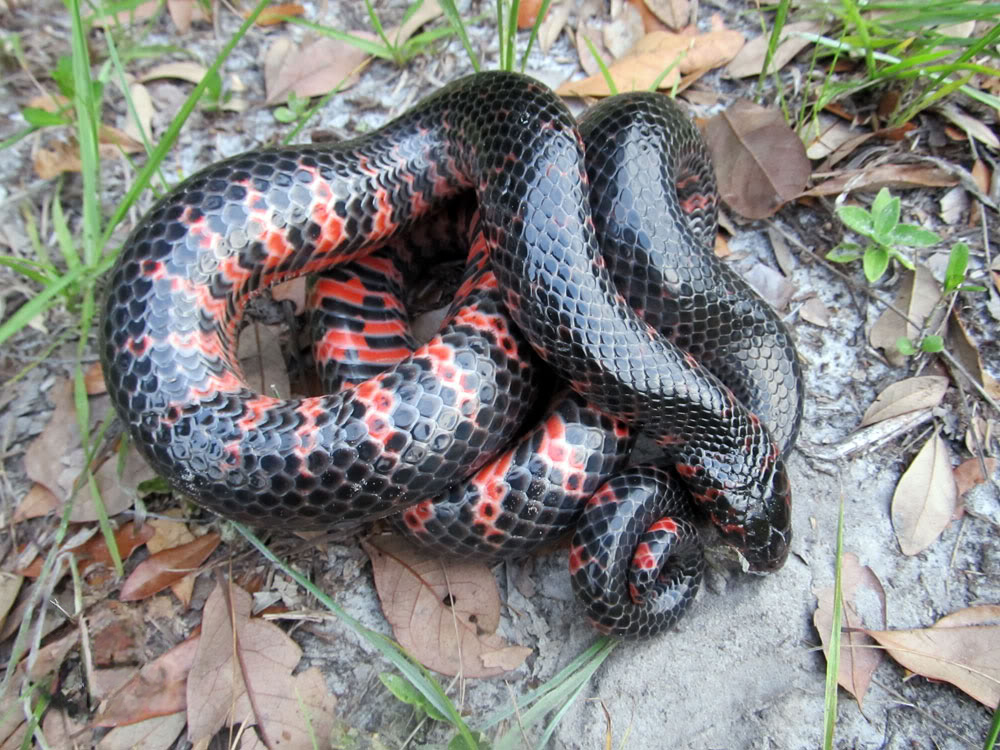
Controlled laboratory studies have provided compelling evidence for shadow avoidance behaviors in numerous snake species. In classic experimental setups, researchers create artificial shadows across snake travel paths and meticulously record behavioral responses, including hesitation, retreat, and alternative route selection. High-speed video analysis reveals subtle body posture changes when snakes encounter shadows—many species freeze momentarily, raise their heads slightly to gain a better visual perspective, and exhibit increased tongue-flicking to gather chemical information about potential threats. More sophisticated studies using eye-tracking technology have demonstrated that snakes visually fixate on shadow edges and movement, suggesting active visual processing rather than simple reflexive responses. Brain activity measurements during shadow encounters show increased activity in regions associated with threat detection and defensive behavior planning. These laboratory findings have helped scientists quantify shadow avoidance with precision and distinguish it from other forms of defensive behaviors in snakes.
How Shadows Affect Snake Locomotion
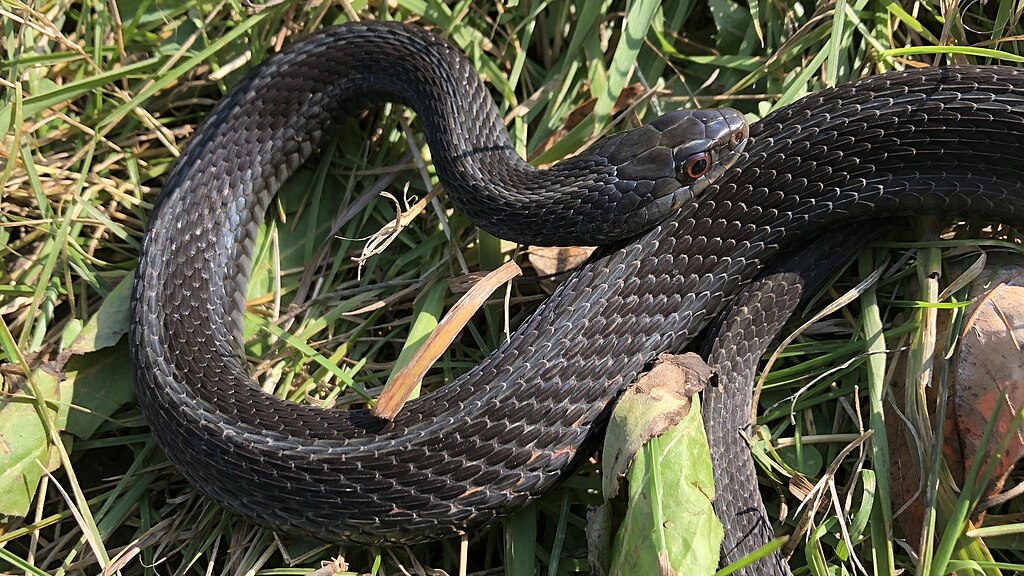
Shadows significantly impact snake movement patterns, changing not just where but how snakes travel through their environment. When approaching a shadow, many species alter their typical locomotion pattern, switching from smooth, efficient movement to a more cautious, energy-intensive form of travel characterized by frequent stops and starts. High-speed videography reveals that some snakes adopt specialized movement techniques when crossing unavoidable shadows, including accelerated crossing speeds or modified body postures that minimize their profile from above. These locomotion changes often come with significant energy costs—research has shown oxygen consumption can increase by up to 30% during shadow navigation compared to normal movement. Some species exhibit remarkable adaptability by timing their shadow crossings to coincide with moments of environmental distraction, such as gusts of wind that might temporarily mask their movement from visual predators. The sophisticated locomotion adjustments snakes make around shadows highlight the importance of this behavior to their overall survival strategy.
The Impact of Artificial Shadows in Urban Environments

Human-created structures generate novel shadow patterns that present unique challenges for snake species living in or near urban areas. Buildings, bridges, and other infrastructure create persistent shadows unlike the typically shifting natural shadows cast by trees or clouds, potentially disrupting normal movement patterns for urban snake populations. Research in urban ecology has documented cases where snake travel corridors become effectively blocked by building shadows, fragmenting habitat and altering normal dispersal patterns. Some adaptive snake species show signs of habituation to these artificial shadows, particularly when they remain static and predictable, demonstrating behavioral plasticity in response to human-altered environments. Conservation biologists now consider shadow effects when designing wildlife corridors in urban areas, incorporating shadow-free zones or dappled light patterns that accommodate snake movement preferences. This consideration of shadow ecology represents an emerging frontier in urban wildlife management, particularly as cities continue to expand into previously natural habitats.
Shadow Avoidance Versus Thermoregulation Needs
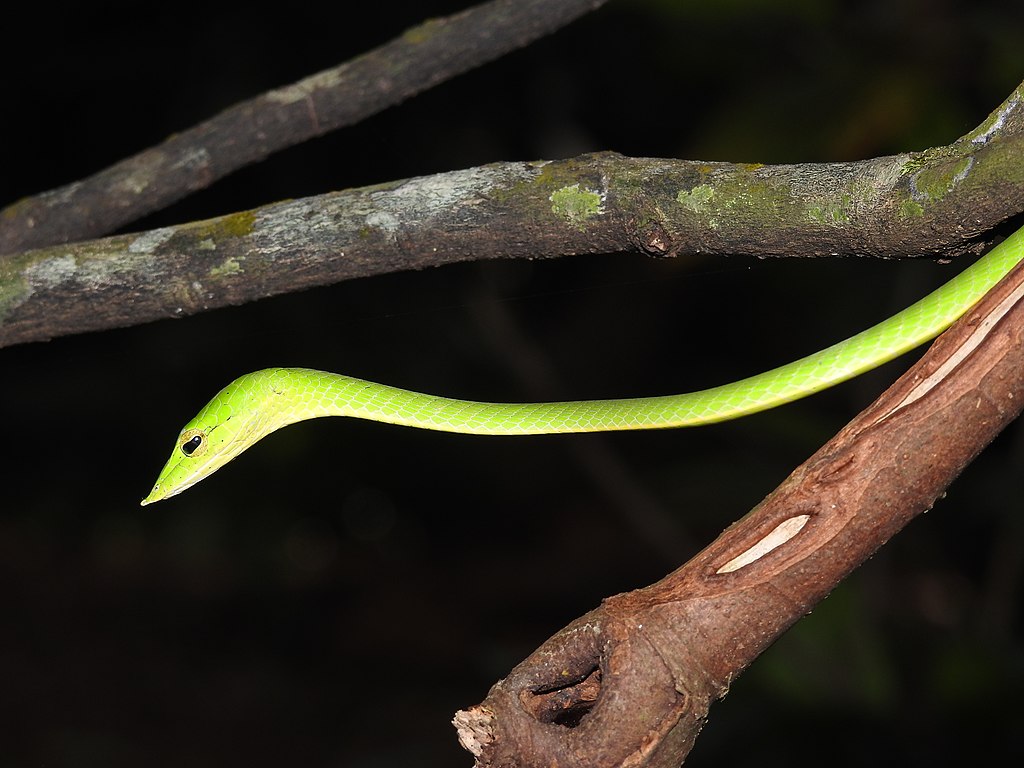
Snakes constantly balance the predator avoidance benefits of shadow avoidance against their critical thermoregulatory needs, creating a fascinating behavioral tradeoff. During extreme heat conditions, snakes must sometimes override their shadow avoidance instincts to prevent dangerous overheating, seeking shade despite potential predation risks. This conflict is particularly pronounced in desert-dwelling species, which have evolved sophisticated behavioral compromises to balance these competing pressures. Researchers have observed that some snakes utilize “partial shadowing,” positioning their bodies so only sections are in shade while maintaining vigilance with their heads in sunlight. Time-budgeting studies reveal that many species adjust the shadow-thermoregulation balance seasonally, taking greater predation risks during temperature extremes when thermoregulation becomes physiologically crucial. The cognitive mechanisms governing these complex tradeoff decisions remain poorly understood but suggest sophisticated risk assessment capabilities that challenge traditional views of reptilian cognition. This balance between thermoregulation and predator avoidance represents one of the most elegant examples of behavioral adaptation in the reptile world.
Teaching Applications for Reptile Handlers

Understanding shadow avoidance behavior has practical applications for reptile handlers, veterinarians, and conservation professionals working with snakes. Professional snake handlers often manipulate lighting conditions to reduce stress during necessary handling procedures, positioning themselves to avoid casting shadows directly over snakes whenever possible. In rehabilitation settings for injured wild snakes, enclosures are frequently designed with overhead cover that minimizes shadow movement, creating a more secure environment that promotes healing and reduces stress responses. Zoos and educational facilities increasingly incorporate shadow management into exhibit design, using diffused lighting systems that minimize harsh shadows to encourage more natural behaviors for display animals. Veterinary protocols now commonly include recommendations to approach snakes from below their sight line rather than above to prevent triggering defensive responses related to shadow detection. These practical applications demonstrate how scientific understanding of snake perception directly translates into improved animal welfare practices in captive and rehabilitation settings.
Ecological Implications of Shadow Avoidance
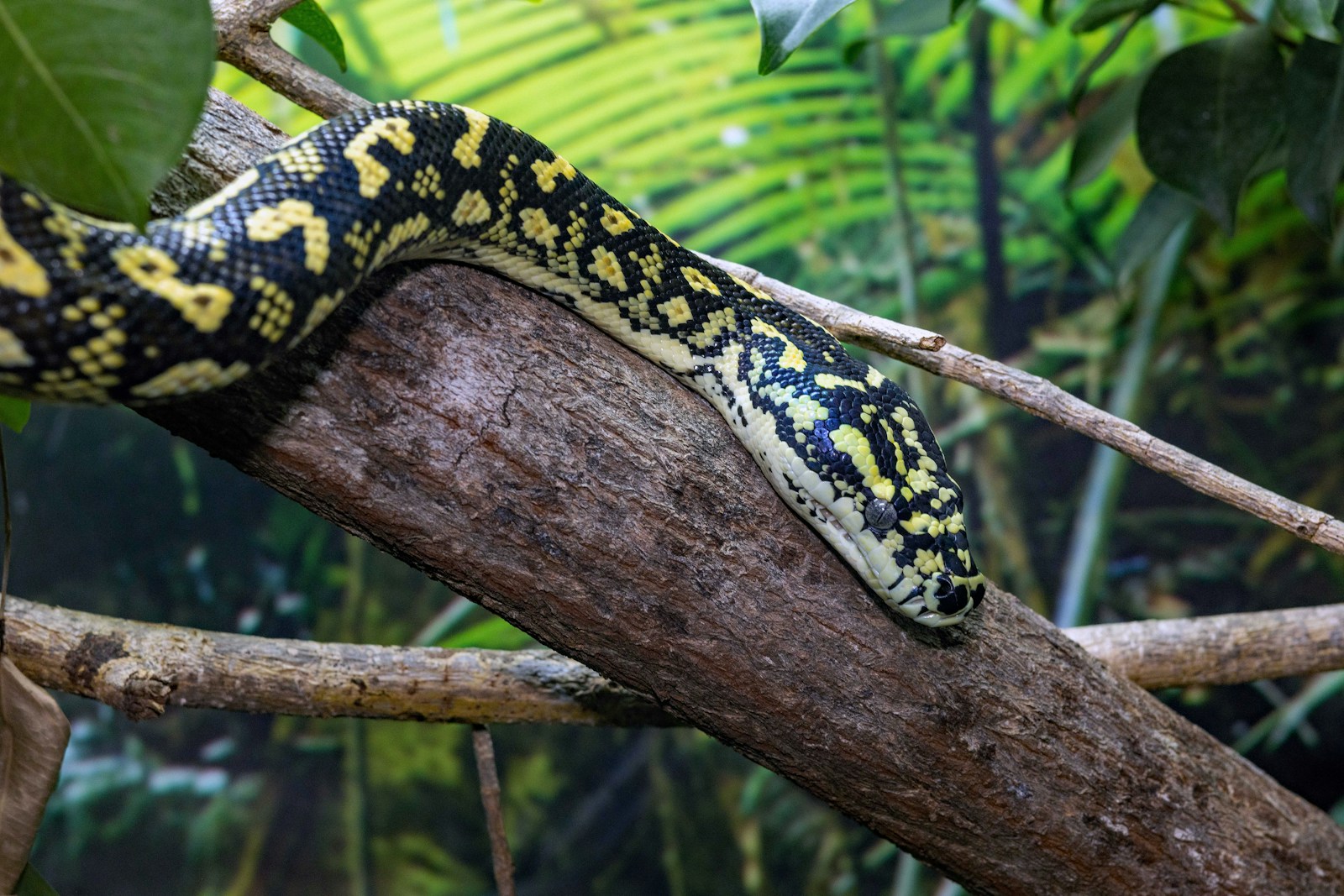
Shadow avoidance behaviors have far-reaching ecological implications, influencing everything from habitat selection to predator-prey dynamics in snake communities. Many snake species preferentially establish territories in areas with specific shadow patterns, avoiding locations with frequent shadow movement from overhead vegetation in windy conditions. This behavior shapes community structure, with different species partitioning habitats partly based on shadow characteristics rather than just food resources or physical terrain features. Shadow avoidance also influences daily activity patterns, with many species adjusting their peak activity times to periods when shadow contrast is minimal, such as midday when shadows are shortest or overcast days when they’re less defined. In some ecosystems, researchers have documented “shadow competition,” where multiple prey species (including snakes) compete for access to shadow-free movement corridors during predator-active periods. This ecological dimension of shadow response demonstrates how a seemingly simple behavior can have complex ripple effects throughout entire ecological communities.
Future Research Directions
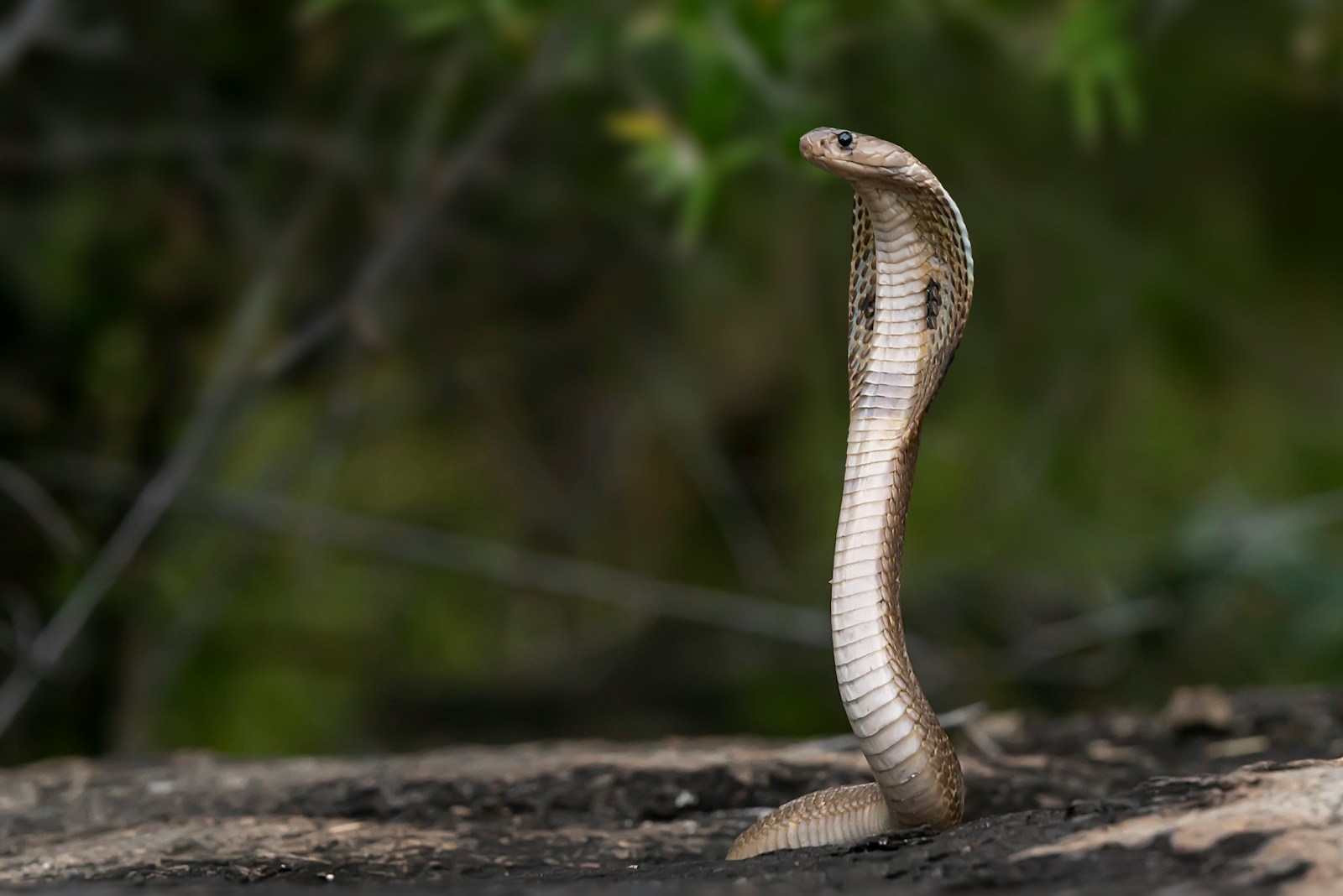
The study of shadow avoidance in snakes remains a dynamic field with numerous unexplored questions awaiting investigation. Researchers are increasingly employing advanced technologies such as portable EEG devices to measure brain activity in free-moving snakes encountering shadows in natural settings, potentially revealing neural mechanisms that laboratory studies cannot capture. Another promising frontier involves exploring how climate change may affect shadow avoidance behaviors, as shifting precipitation patterns and vegetation changes alter natural shadow distributions in many ecosystems. Comparative studies examining shadow responses across closely related species could provide evolutionary insights into how quickly this behavior can adapt to new environmental pressures. Some scientists are investigating potential applications in wildlife management, such as using artificial shadow patterns to guide snake movements away from human-wildlife conflict zones without physical barriers. As our understanding of animal cognition expands, the seemingly simple behavior of shadow avoidance continues to reveal surprising complexity that challenges our understanding of reptilian sensory processing and decision-making.
Conclusion

The phenomenon of shadow avoidance in snakes represents a fascinating intersection of neurobiology, evolutionary adaptation, and ecological dynamics. Far from being a simple reflex, this behavior encompasses sophisticated sensory processing, risk assessment, and decision-making that helps snakes navigate a world filled with threats from above. The variations in shadow response across different species, environments, and contexts highlight the remarkable adaptability of these reptiles and their specialized sensory systems. As human development continues to alter natural landscapes and create novel shadow patterns, understanding these behaviors becomes increasingly important for conservation efforts. By appreciating the complex reasons why some snakes avoid crossing shadows, we gain not only scientific knowledge but also a deeper respect for the subtle yet sophisticated adaptations that allow these remarkable animals to thrive in diverse environments around the world.





